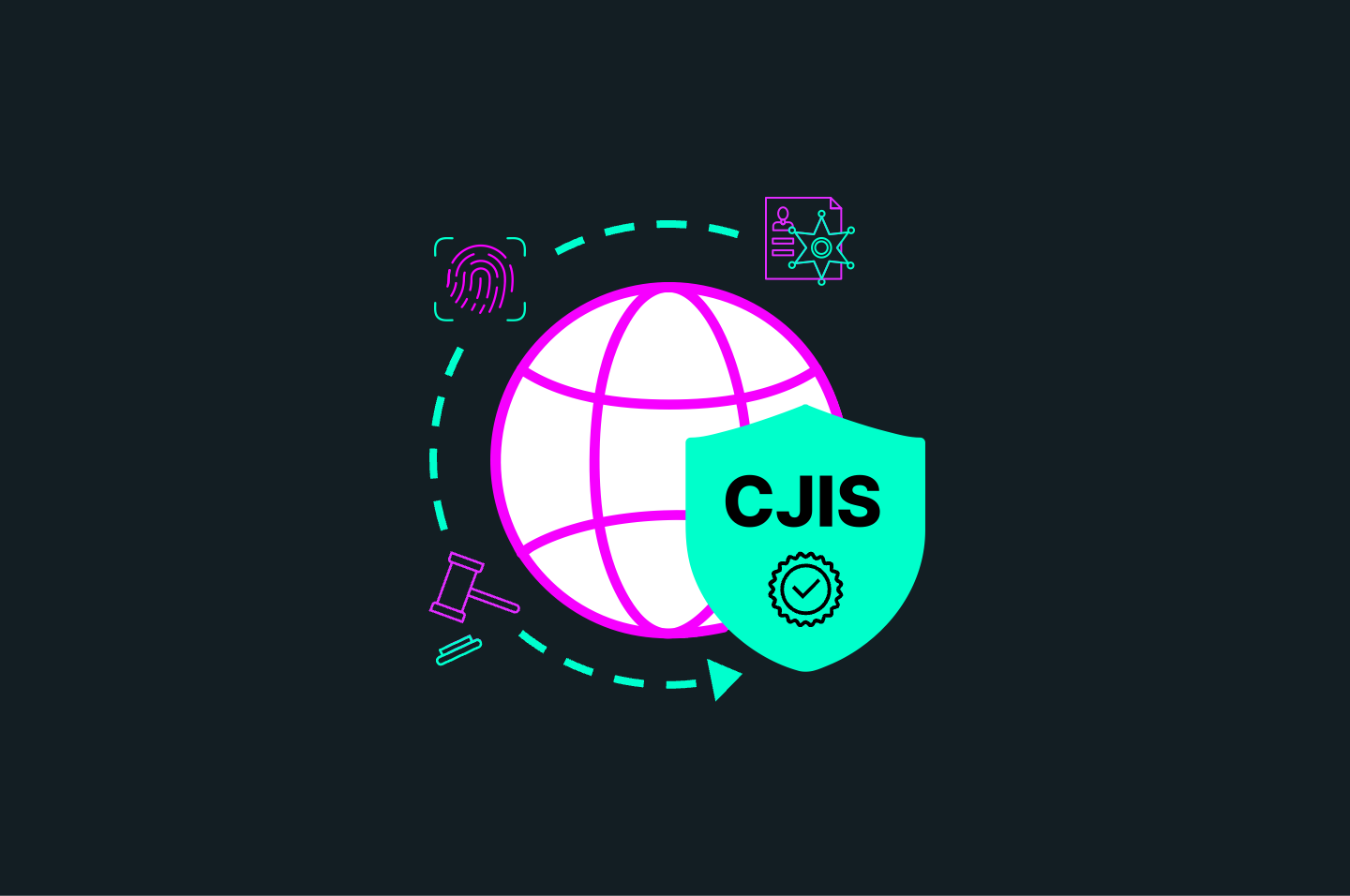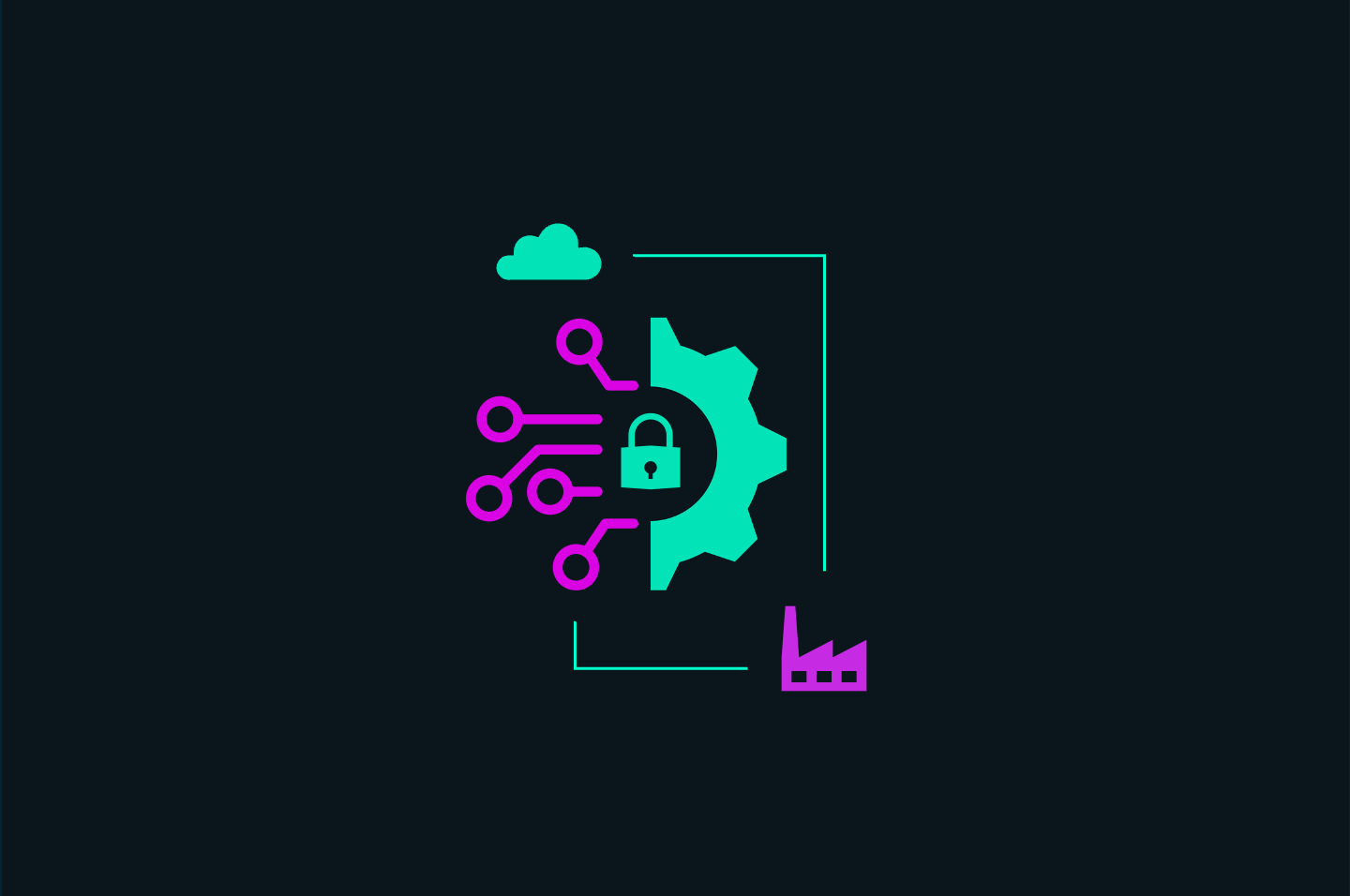Introduction
Key Takeaways

Today, Cyber Resilience May Be More Important Than Traditional Cyber Protections
Traditionally, when it comes to cybersecurity and compliance, many organizations approach them from a checklist perspective—doing the minimum to meet requirements and putting it all away until the next audit, certification, or incident highlight.
As such, both programs have long focused on defense—defending your enterprise from potential attacks and ensuring you don’t get hit with a fine or another penalty for not meeting compliance standards.
But, if there’s one thing all organizations should have learned from the pandemic it’s that threat actors are always working and they’re working hard to find and take advantage of your weaknesses, long before you know you have problems. As regulatory and compliance agencies see new challenges emerge from these attacks, they’re often reviewing existing requirements to see how they should be updated or changed to keep pace.
Today, as we have seen from the growing number of attacks affecting organizations of all sizes across all industries, it’s no longer enough to just defend your enterprise from potential attacks. To ensure you’re one step ahead of attackers, you must also take proactive steps to seek out, identify, and remediate risk, all with the goal of building a culture of cyber resilience that topples the traditional cybersecurity approach of building your defenses and hope for the best.
Before the shift to the cloud, most organizations hosted data and systems on-site. There were a lot of benefits from this approach. Primarily, it made it easier for security teams to build defenses, and think of creating a moat around a castle, to keep the bad guys out.
However, modern organizations are highly interconnected—not just across the gamut of their internal operations, but also into—and down—their supply chain. That’s why the moat defense no longer works.
On top of that, the cloud is highly dynamic where new services and applications are constantly (and often rapidly) spun up to solve specific workflow issues or needs.
That may still work to a degree—you might make it a bit more challenging for a threat actor to infiltrate your systems—but that limits attention to the bigger picture. That’s why shifting into a culture of cyber resilience, instead of cyber defense, is so important.
Cyber resilience takes into account your most critical services and operations, evaluates what would happen should you lose them, and helps guide the plans and programs you develop to proactively keep them protected and operational. That isn’t just about implementing controls and frameworks. It goes deeper and includes continuous risk assessments and risk management, as well as addressing your gaps and weaknesses as soon as you find them, not after an attacker does.
So, how do you get there? How do you evolve into cyber resilience? A good starting point is to conduct an analysis to see what your existing cyber profile looks like and what you need to do to mature it to where you need to be.
If you’re still doing this with spreadsheets or word processing documents, the likelihood you might overlook a critical element, or make mistakes increase. Instead, consider adopting a SaaS-based cybersecurity framework management platform that can give you instant insight into your cybersecurity and compliance programs and help you identify and resolve any weaknesses you might have long before an incident has a chance to occur.
Follow along in our 12 Days of Cybersecurity on our LinkedIn. Learn more about how Apptega can simplify day-to-day cybersecurity and compliance management and schedule a custom tour of the Apptega platform.
.svg)





